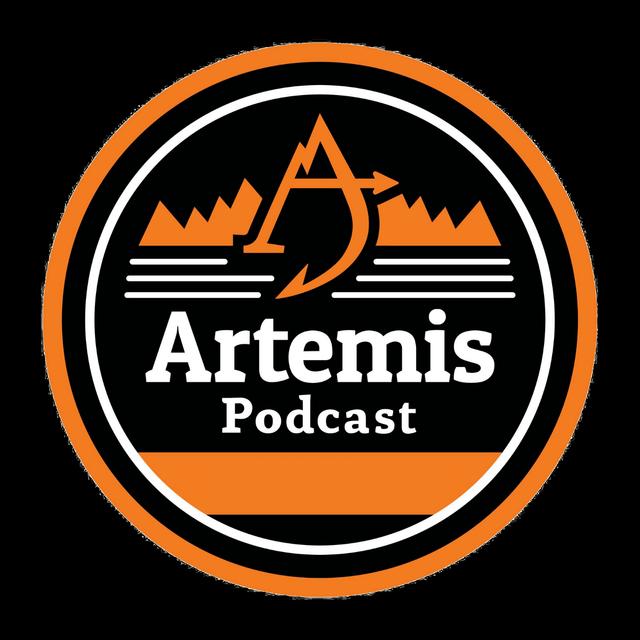
Episode description
We're revisiting Artemis's most-downloaded series ever, Chasing Ungulate Tales, featuring scientists from the Monteith Shop, an ungulate research lab at the University of Wyoming. This week we're joined by Rebecca Levine, whose research is focused on understanding the thermal ecology of moose. More than half of southern moose populations in the Lower 48 are in decline. We talk parasite loads, chronic wasting disease, the mysterious moose of New Zealand's fjordlands, and what habitat a moose needs to stay cool. Also: bear spray works for moose, too.
PLUS... Artemis's long-time partner, South Dakota Game, Fish and Parks is offering an incredible giveaway, which includes a guided pheasant hunting trip, a travel voucher to get there, a $4,000 gift card to Scheel's, and loads of other gear. Check it out and be sure to enter.
4:00 When do you get to call yourself a 'hunter'?
5:00 In the southern half of moose's range, about half of populations are in decline
7:00 Why is heat stress so particular to moose versus other cervids? The skinny: They're big, they're dark, and they don't sweat.
10:00 How do moose find those spots to cool off in?
12:00 Collaring MOOSE... it's a PROCESS. But the video collars? SO COOL
15:00 Moose = tick paradise
16:00 Moose are intermingling with more ungulates that they ordinarily may not have overlapped with, which is one vector for parasite spread
18:00 Preg-checking a female moose
21:00 Twin prevalence in moose
24:00 Different subspecies of moose and their historic ranges... they're unique in that moose are circumpolar. They're in Russia, China, Canada, Alaska, etc.
28:00 Moose are relative newcomers to Wyoming/Utah/Colorado
32:00 Moose reach heat stress above 55 degrees... and they indulge in a number of behaviors to mitigate heat -- bedding down in marshes, traveling to higher altitudes, etc
36:00 Chronic wasting disease effects all cervids, including moose
37:00 Wyoming Chronic Disease Management plan
44:00 Bilingual fishing/game regs - Kansas just did this, and the results are great
46:00 Monteith Shop on Insta (@Monteith.shop)
47:00 Funding is a limiting resource on the production of high-quality science
47:40 Monteith Shop website, UngulateCompendium.org
52:00 Moose encounters in the Brooks Range... MONSTERS RISING FROM THE WILLOWS! Bear spray doesn't help you feel brave in that moment
53:00 "Don't run" is the general advice for wildlife encounters... EXCEPT with moose
54:00 National Park Service project to preserve big-horn sheep in Grand Teton National Park
55:00 Charismatic megafauna vs charismatic megafauna... eliminating mountain goats to preserve bighorn sheep
56:00 Three hours to go a mile in canyon/bog/swamp... great chance for a somewhat scary moose encounter! Also, that moment when your scientist friend hears something and says, "Hmm... that sounds like a large mammal."
59:00 Two cans of bear spray deployed... which totally got the target animal, but also the person in flight
1:01 Bear spray is oil-based, and thus very sticky
1:04 In 1910 moose were introduced into New Zealand's fjordlands. The population never really took off... the last sighting was in 1980, BUT, it's led to a Sasquatch type of fervor, with the occasional wingnut moose sighting in that area. #moosetrivia
1:06 Moose = swamp donkeys
Learn more about your ad choices. Visit megaphone.fm/adchoices
For the best experience, listen in Metacast app for iOS or Android
Open in Metacast